You will need:
- One baking tray filled with plain flour
- Some instant coffee (International Roast works well due to the fine powder)
- Some rocks of different sizes
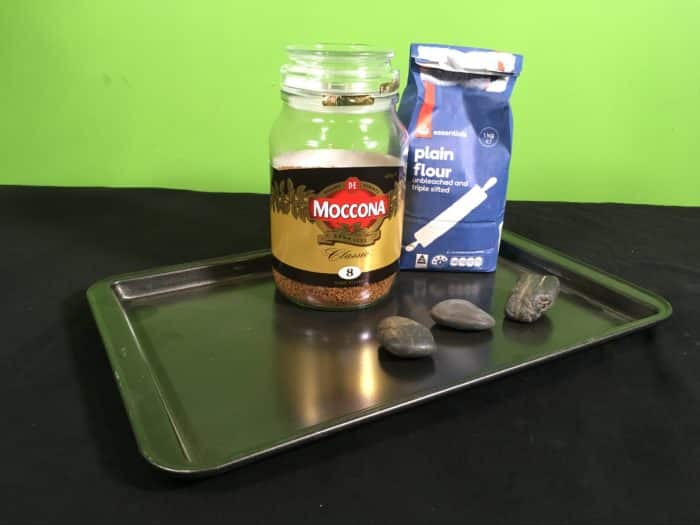
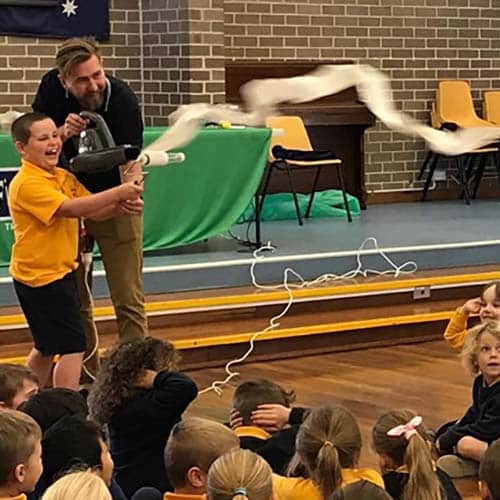
School science visits since 2004!
– Curriculum-linked & award-winning incursions.
– Over 40 primary & high school programs to choose from.
– Designed by experienced educators.
– Over 2 million students reached.
– Face to face incursions & online programs available.
– Early learning centre visits too!
Science behind the experiment
Your simple model of meteorites striking the Moon’s surface using flour, coffee and rocks really was quite close to what occurs. Why? The surface of the moon is covered in a very fine powder of rock dust which has a similar consistency to flour. This surface dust is incredibly dry, and has formed over time due to both relentless solar radiation and dramatic changes of surface temperature as the Moon spins. Dropping the rocks into the plain flour produced similar strike patterns that can be seen on the Moon, with the depressions made analogous to the craters you see as well.
The Moon has many more visible craters than the Earth purely due to the number of meteorite strikes it has sustained over time compared to Earth. As the Moon is only 1.23% the mass of Earth, it has much less gravity and is unable to hold much of an atmosphere at all (yes, whilst incredibly thin the Moon does have a tenuous atmosphere – check NASA for more details). This lack of gases in the Moon’s atmosphere means that any impacting meteor will not warm up that much compared to Earth and so largely they hit the Moon intact. We also have meteors coming into the atmosphere but less reach the ground as the smaller ones heat up quickly and explode.
Why do meteors heat up as they enter an atmosphere? It’s got to do with the compression of the gases underneath the meteor as it speeds through the atmosphere. Due to the speed of the meteor, the gases underneath cannot escape easily and so get squashed under all that kinetic energy. When you press on a gas, some of that kinetic energy from pressing the gas converts to heat energy … plus the gas molecules themselves are able to collide together more in a smaller space which also converts kinetic energy into heat. It’s that heat from gas compression under the meteor that heats meteors up as they passes through an atmosphere rather than the effects of friction from the atmosphere itself (the trapped compressed gases underneath the meteor effectively protects the meteor) .
Below is the recorded footage of the 20 meter wide meteorite that exploded over Chelyabinsk, Russia on February 15, 2013.
On Earth, we have a variety of well-known impact crater sites. From the Chicxulub crater in Mexico (prime candidate for the dinosaur extinction event 66 million years ago) through to 90km wide Acraman crater in Australia, our Earth is pockmarked with impact sites. National Geographic lists some of the major hits the Earth has sustained (at least the ones we’re aware of anyway!).
From sunspots and asteroids to black holes & supernovae, the Stars & Planets and the Earth, Sun & Moon workshops have your unit on space covered!
Get in touch with FizzicsEd to find out how we can work with your class.
Earth, Sun and Moon
Years 3 to 6
Maximum 30 students
Science workshop (NSW & VIC)
60 or 90 minutes
Online Class Available
STEM Full Day Accelerator - Primary
Designed from real classroom experiences, this modular day helps you create consistently effective science learning that directly address the new curriculum with easily accessible and cost-effective materials.
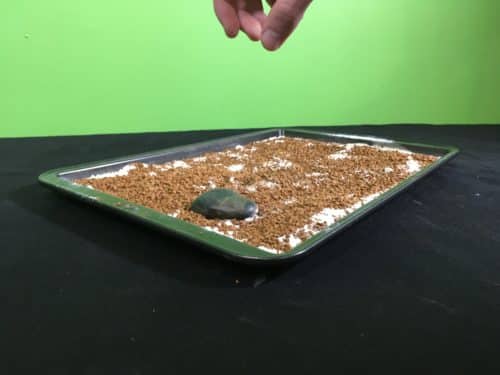
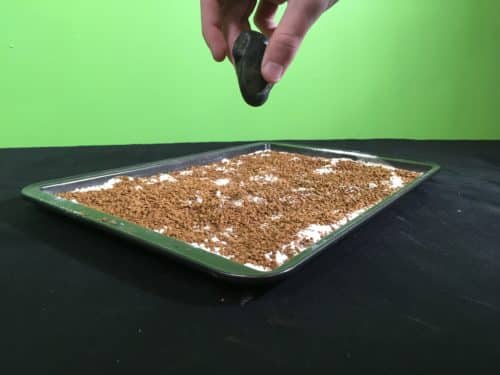
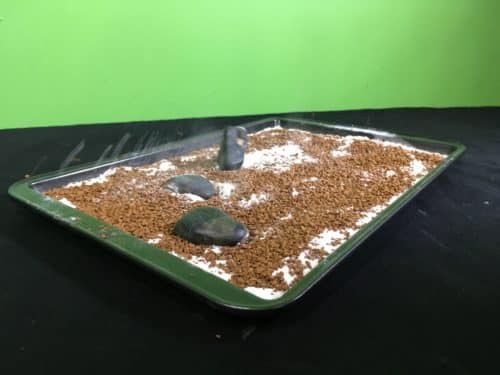
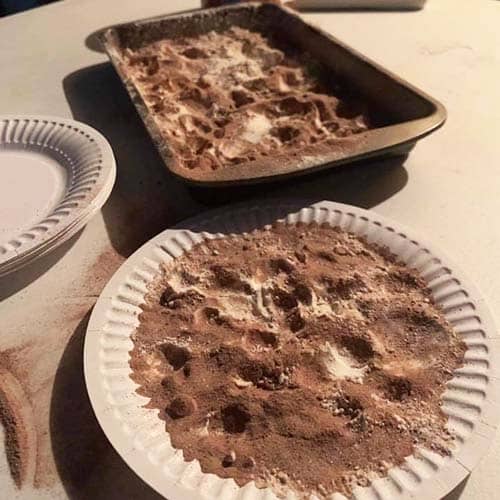

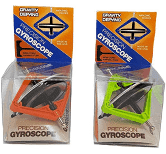
























Comments